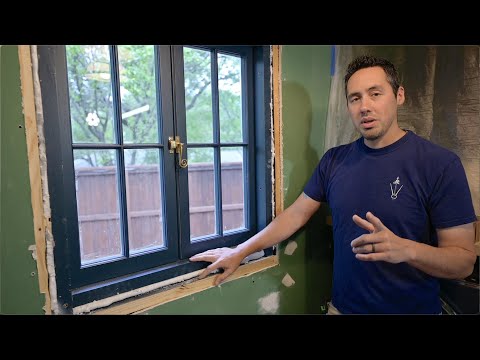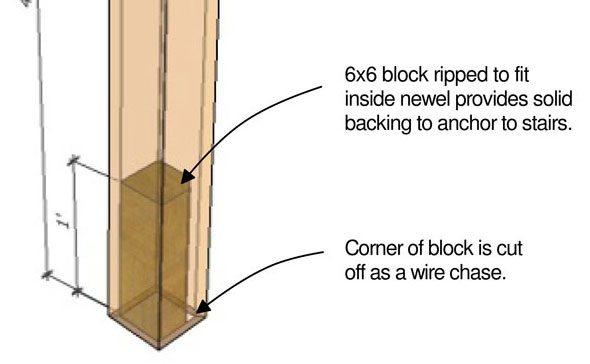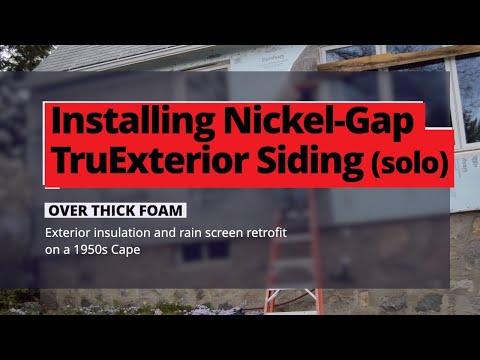This is a perfect scenario of a split-jamb door, which many people see in home centers every day and many other people have never heard of.
In this video, Ben Degros, the Vancouver Carpenter, demonstrates overcoming an under-wide jamb with two words: extension jambs.
The art of adding extension jambs is found in one little word: reveal—a stepped 1/4 inch visible edge of the new material as opposed to a flush extension.
The discrepancy in this video is typical, a wavy wall and a straight door jamb. The depth difference varies between 5/8 inch and 7/8 inch over the height of the door jamb.
It is not a smooth taper or an even offset.
He chooses to add a 3/4-inch extension jamb to the door frame, which is wider than some spots and narrower than others but generally the most common offset.
In this video, he uses primed pine baseboard, which he happens to "have a lot of kicking around."
The process for cutting and installing extension jambs:
- Cut the stock to length. Ben cuts the stock to the same length as the height of the door jamb, not to the height of the reveal. The head extension jamb will slip between the side jamb extensions.
- Rip the stock to width, being careful not to cut your fingers off.
- Mark 1/4-inch lines along the edge of the door jamb. Ben uses a combination square, but many carpenters make square blocks with 1/4-inch rabbets around the edges that can be used repeatedly to speed the process.
- Attach with a brad nailer, aligning the edge with the 1/4-inch marks made earlier.
- It should go without saying to put the nice side out rather than the scruffy cut edge.
- Remove any saw marks and slightly round over the edge with a piece of sandpaper or a sanding block.
Now you can case the door as if the jamb were always correct
- Mark additional 1/4 inch reveals for the casing to line up to.
- Cut two side casing pieces mitering the top corners
- Cut a head casing with short points 1/2-in. wider than the distance between the two extension jambs.
- Ben preassembles the casing on a flat surface using 2-part cyanoacrylate super glue to hold the miter joints. You can too.
- Carry the assembled casing to the door and install it. TIP: It is sometimes a good idea to assemble a three-sided component in the same room where it will be installed...
- Nail the casing into the new extension jamb and the stud, so two nails every 10 - 16 inches or so.
Extension jambs and reveals are great ways to sold finish carpentry problems.











